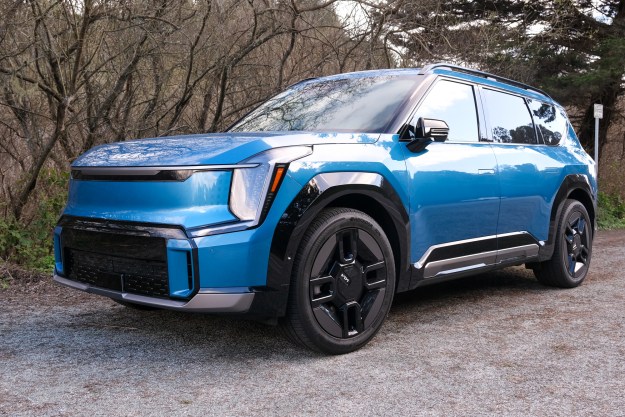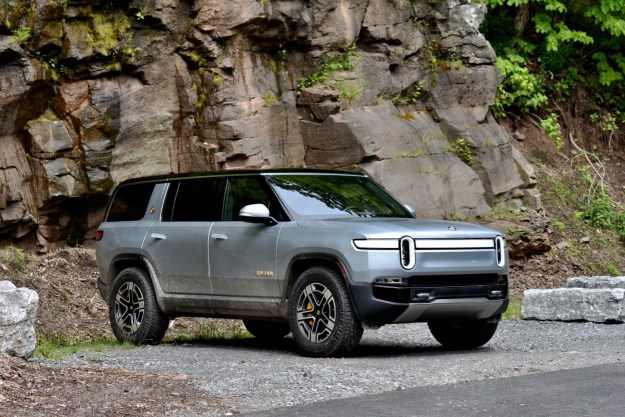For some, road noise is an audible affirmation of movement through space. It’s an integral, even exhilarating part of the driving experience that connects the driver to road through the ears. For others, however, road noise is an annoyance. It can get in the way of conversation, contribute to highway hypnosis, and perhaps most egregiously, it muddies, muffles and otherwise wrecks the sound of the music we listen to in our cars, even through expensive, high-performance audio systems. That’s why Harman has been hard at work with Lotus developing an in-car version of the noise-cancelling technology found in the sort of headphones you see so many people wearing during air travel. It’s called HALOsonic Road Noise Cancelling (RNC) technology.
Harman’s technology involves the use of four in-cabin microphones, along with four strategically placed accelerometers in the chassis and a proprietary processor to create sound that is 180-degrees out of phase with the noise and vibrations entering the vehicle. This essentially cancels out the noise, creating a quiet, still-feeling environment. Harman says that the technology doesn’t interfere with music performance in a negative way. In fact, the resulting quiet is more conducive to satisfying sound quality, says the company.
The concept of implementing active noise cancelling (ANC) for use in cars is not a new one. Bose, which pioneered ANC technology starting in 1986, has been putting its own version of something similar into the cars of those auto makers it partners with since 2012. Late last year, it also announced noise-cancelling technology that could be implemented in cars that didn’t use its in-car audio systems. However, Bose’s technology handles primarily low-frequency noise, such as equipment knocks and engine noise, and the company told us that dealing with higher frequency road noise is a tough nut to crack (though they are very much working on it).
Has Harman successfully cracked that nut? According to the company, the four accelerometers its system uses are key to its success. Harman says the accelerometers “enable the system to measure correlation of vibration coming from the road and the resulting noise inside the cabin.” In this way, the system is said to be able to “cope with the broadband nature of road noise, with its wide range of frequencies.”
This makes sense, since road noise lives at a higher frequency, and must be detected earlier in order to be cancelled successfully. It would seem the accelerometers are able to pick up the road noise as vibrations before those vibrations culminate as in-cabin noise, enabling the system to effectively create “anti-noise,” as Harman puts it — or inverse sound waves.
How effective Harman’s system is remains to be heard, but we’re looking forward to finding out, perhaps at International CES 2015. Until then, it is fun to ponder what it might be like to ride in an artificially silent “sonic cocoon” while on the road. Is it possible cars could become too quiet?




